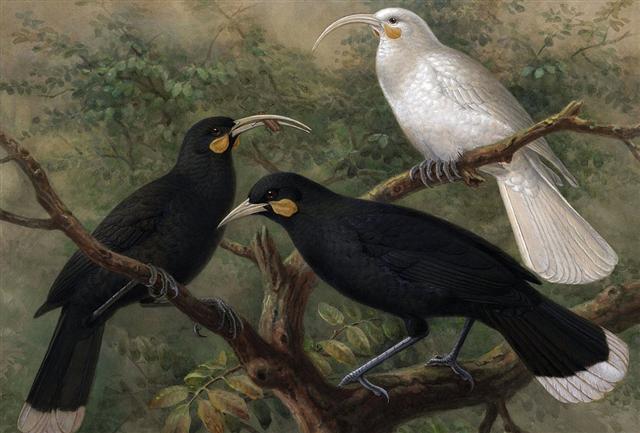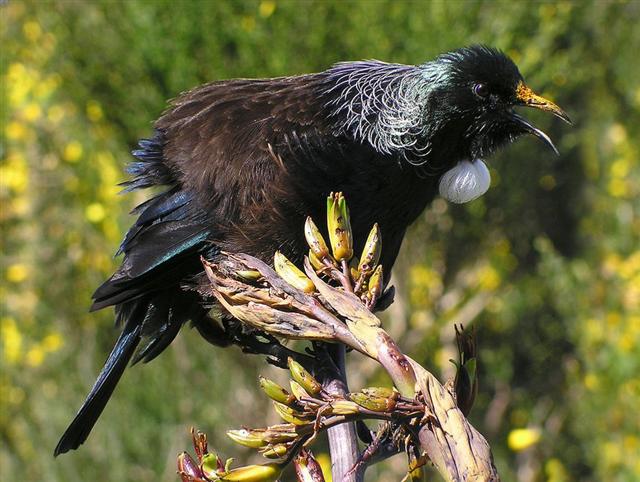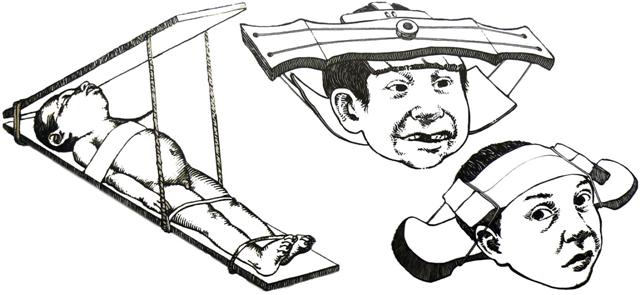The 6 'occiput' (Teke) birds towards
the end of side b on the G tablet were also
located at the Pleiades, we should remember,
although not close to the Full Moon but
heliacal:
|
Te Taka-pau |
39 variants of uhi - STOLEN by
Teke from his brother Ma'eha
[E:58-64] |
9 |
|
 |
18 |
 |
13 |
 |
7 |
 |
|
Gb6-26 (229 + 179 = 408) |
Gb7-17 (198) |
Gb7-31 (212) |
Gb8-8 (220) |
|
SIRRA H
(*0) |
ADHIL (*19) |
MIRA (*33) |
BHARANI (*41) |
|
ALCHITA (*183) |
SPICA (*202) |
KHAMBALIA (*216) |
ZUBEN ELGENUBI (*224) |
|
0h |
39 (= 3 * 13) |
|
MARCH 8 |
1 |
10 (*354) |
1 |
12 |
13 (72) |
1 |
15 |
1 |
17 |
2 |
MARCH 20 (*364) |
|
May 11 (131) |
13 |
May 15 (500) |
16 (136) |
18 |
20 |
23 (508) |
|
 |
 |
 |
 |
 |
 |
 |
|
Gb8-18 (230) |
Gb8-20 |
Gb8-22 (463) |
Gb8-23 |
Gb8-25 |
Gb8-27 |
Gb8-30 (1½ * 314) |
|
496 |
498 |
Tau-ono |
Temennu |
138 |
140 |
HYADUM I (*63) |
|
5 |
5 |
|
...
Ecclesiastically, the equinox is
reckoned to be on 21 March (even
though the equinox occurs,
astronomically speaking, on 20
March in most years) ... |
|
... From the
natives of South Island [of New
Zealand] White [John] heard a
quaint myth which concerns the
calendar and its bearing on the
sweet potato crop.
Whare-patari, who is
credited with introducing the
year of twelve months into New
Zealand, had a staff with twelve
notches on it. He went on a
visit to some people called
Rua-roa (Long pit) who were
famous round about for their
extensive knowledge. They
inquired of Whare how
many months the year had
according to his reckoning. He
showed them the staff with its
twelve notches, one for each
month. They replied: 'We are in
error since we have but ten
months. Are we wrong in lifting
our crop of kumara (sweet
potato) in the eighth month?'
Whare-patari answered: 'You
are wrong. Leave them until the
tenth month. Know you not that
there are two odd feathers in a
bird's tail? Likewise there are
two odd months in the year.' The
grateful tribe of Rua-roa
adopted Whare's advice
and found the sweet potato crop
greatly improved as the result
... The Maori further accounted
for the twelve months by calling
attention to the fact that there
are twelve feathers in the tail
of the huia bird and
twelve in the choker or bunch of
white feathers which adorns the
neck of the parson bird
...

 |
|
 |
... The
Mahabharata insists on six as
the number of the Pleiades as well as of
the mothers of Skanda and gives a
very broad and wild description of the
birth and the installation of
Kartikeya 'by the assembled gods ...
as their generalissimo', which is
shattering, somehow, driving home how
little one understands as yet. The least
which can be said, assuredly: Mars was
'installed' during a more or less close
conjunction of all planets; in Mbh. 9.45
(p. 133) it is stressed that the
powerful gods assembled 'all poured
water upon Skanda, even as the
gods had poured water on the head of
Varuna, the lord of waters, for
investing him with dominion'. And this
'investiture' took place at the
beginning of the Krita Yuga, the
Golden Age
...

|






